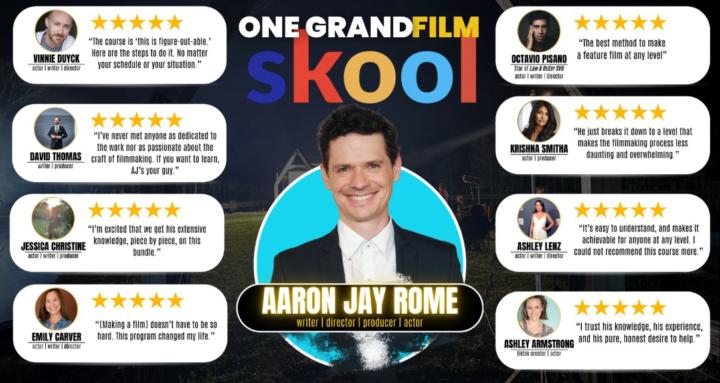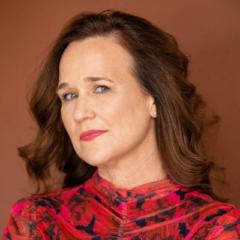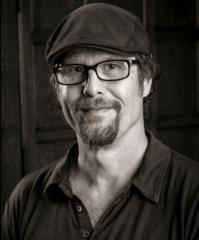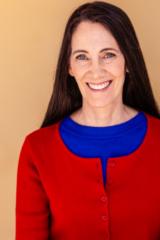Aug 23 • 🙋 Q&A 🙋♀️
Q&A – August 22 Recap
On this week’s Q&A, we covered everything from budgeting strategies to whether or not short-form “vertical shows” are worth your time (spoiler: they’re not). If you missed the call, here’s a breakdown of the biggest lessons I shared and why they matter.
✅ Characters Over Environments
One of the most important reminders I gave was this: focus on your characters, not the world.
As soon as you try to “open up” your story with a ton of locations, big costumes, and expensive set pieces, your budget skyrockets and you bury yourself in logistics. But if you keep the story personal—tight around your characters—you can pull off something powerful without the bloat.
This is why microbudget films work. They strip filmmaking back to what matters most: story and performance.
✅ How I Think About Budgets
Budgets intimidate a lot of filmmakers. They either don’t know where to start or they get hit with a number that feels impossible. But here’s the truth: the same script can be budgeted at $100K or $1M depending on how you scale it.
Here’s the way I do it:
- Break down your script line by line.
- List every prop, wardrobe piece, location, gear need, and actor.
- Assign day rates and multiply by the number of days you’ll need.
- Add insurance, food, and contingency.
That’s your production budget. For post, rough out costs for editing, sound, and color, then decide what you’ll DIY versus outsource.
The real trick is to start from what you already have access to. That’s how you stay in control. Most filmmakers write aspirational scripts and then get stuck in “fundraising purgatory.” I’d rather see you write for the resources already in your pocket.
✅ The Proof Project Advantage
Through the Proof Project model I teach, filmmakers can realistically offset between $65,000 and $190,000 worth of budget just by being strategic.
The catch is that it only works when you follow the method as a complete system—writing, prep, and production all designed to support each other. If you cherry-pick one idea, it won’t have the same effect. The power comes from the structure.
✅ Hidden Resources: Libraries and PBS
One of the coolest points that came up on this call is that many libraries and PBS affiliates have incredible equipment sitting unused.
Some even have full TV studios with multi-camera setups, editing bays, and DaVinci Resolve installed. With nothing more than a library card, you can sometimes check out cameras or even rent studio space for next to nothing.
If you’re trying to cut costs, this is a massive untapped resource most filmmakers never think about.
✅ Editing Software: DaVinci vs. Adobe
When it comes to editing, I usually recommend DaVinci Resolve for new filmmakers. The free version is insanely powerful, and the studio version is only $300—a one-time payment. Compare that to Adobe Premiere at $70/month (or $30/month if you qualify for the student plan through One Grand Film).
DaVinci is an all-in-one solution for editing, color, sound, and VFX. It saves you from bouncing between multiple programs, which is a huge plus when you’re just starting out.
✅ Script Registration & Intellectual Property
A lot of people asked about script registration. My advice: even if your script isn’t finished, register it. You can register a treatment or partial draft to protect your characters and story.
I’ve never re-registered a script with every draft, and you don’t need to either—unless you just want the peace of mind. The point is to protect your idea early.
✅ Chemistry Sessions with Actors
Chemistry is critical—but it’s possible to overdo it.
I recommend organizing 2–3 sessions before shooting, focused on improv, character exploration, or backstory exercises. Avoid rehearsing actual scripted scenes too much—you don’t want your actors to fall into robotic line readings before the cameras are rolling.
You want them to discover moments on set, not repeat what they rehearsed for weeks.
✅ Shooting Non-Scripted or Improvised Work
If you’re working with unscripted or improvised performances, always shoot with two cameras. That way you’ve got something to cut to, and you won’t be fighting continuity.
Another tip: run longer takes. Instead of 15 fragmented takes that create continuity headaches, let the actors run the scene through. Continuity sorts itself out naturally, and you end up with more usable material in the edit.
✅ Don’t Overcomplicate Your First Film
One filmmaker asked about showing weight loss/gain across a story arc. My advice was simple: skip it.
Body transformations and heavy VFX are either really expensive or take a really long time. Those are studio-level challenges, not first-film challenges.
Your first goal is to prove you can tell a simple, compelling story. That’s what opens doors, not whether you can rival Hollywood’s scale.
✅ Why Short-Form and TikTok Shows Are a Trap
We also talked about the rise of vertical “short shows.” My stance? They’re a distraction.
Short-form content is great for playing on social media, but you don’t own that audience. Platforms own your work, they control your reach, and they can shut you off in an instant.
A feature film, on the other hand, is proof. It shows you can hold attention for 70–90 minutes, which is exactly what reps, producers, and investors care about.
If you want to use social to promote your work, fine—but don’t sink your production budget into an algorithm you don’t control.
✅ Commit to a Body of Work
One of the last things I emphasized is that your first film is not supposed to make you rich or famous. Almost no one’s does.
Filmmaking careers are iterative. Nolan made Following for $6K before Memento. Greta Gerwig made Nights and Weekends before Lady Bird. The Duplass Brothers made The Puffy Chair before HBO.
Your first feature doesn’t need to be brilliant—it just needs to prove you can finish. Competence is the real filter. That proof is what earns you your second swing.
✅ Building an Audience
Audience-building is tough if you don’t have any work yet. My advice: make something first, then channel all that audience energy into a place you own—like an email list.
Crowdfunding works best after you’ve shot the film, when you have behind-the-scenes material and footage to show. That’s when people feel invested in your story and want to support it.
For long-term sustainability, I point people to Kevin Kelly’s essay 1,000 True Fans. The idea is simple: if 1,000 people spend $50 a year on your work, you can make a living as an artist. That’s far more realistic—and powerful—than chasing millions of strangers.
✅ Closing
At the end of the day, filmmaking isn’t about luck or going viral. It’s about proving you can finish, building real relationships, and stacking project on project.
Keep it simple. Use the resources around you. And most importantly: get a feature finished. That’s the ticket forward.
4
11 comments

skool.com/ogfilmskool
A group for filmmakers dedicated to making their first feature film without fundraising. Courses, calls and coaching to get your film over the line.
Powered by





